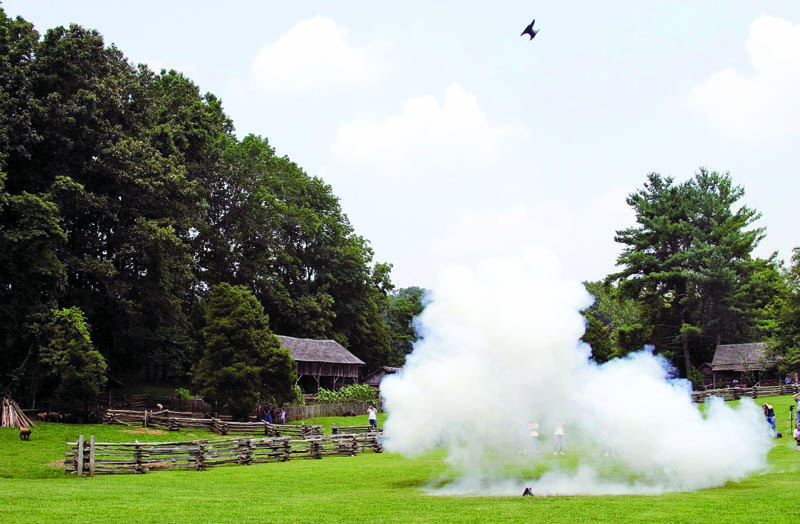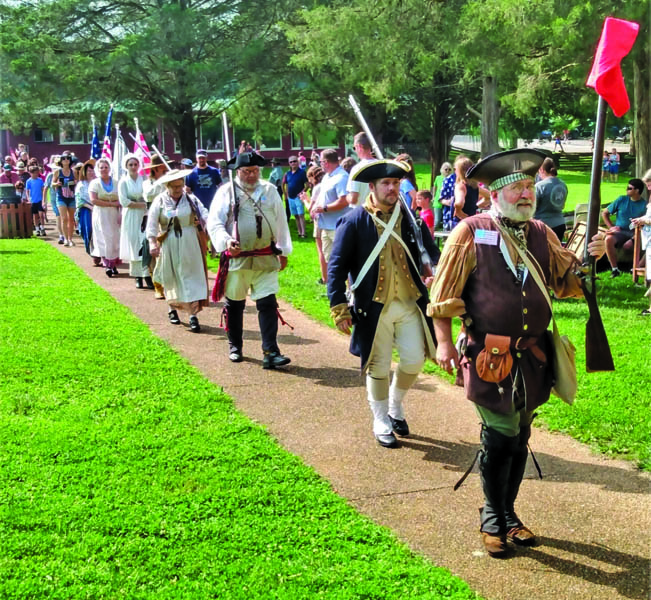Museum of Appalachia readies for July 4 events, including ‘anvil shoot’
The Museum of Appalachia once again will go all out on its celebration of Independence Day, with a full slate of activities – including what the museum calls “an old-fashioned anvil shoot.”
It’s the museum’s equivalent of a fireworks display, as the event involves using a big charge of gunpower to fire a 200-pound blacksmith’s anvil hundreds of feet into the air – presumably with a big crowd looking on from a safe distance.
This event is the highlight of the July 4 activities at the museum on Andersonville Highway in Norris.
“Anvil shoots were once a common way for pioneers to commemorate holidays, elections and other special occasions,” the museum says on its website.
It’s just a part of the all-day July 4 celebration at the pioneer museum.
Other activities include a national bell-ringing ceremony, a flag procession march, live music and Southern food.
There will be demonstrations of Appalachian and pioneer-type activities by blacksmiths, beekeepers, dulcimer makers, spinners, weavers, rail splitters and more, the museum says.
Independence Day events run from 9 a.m. to 3 p.m., and tickets are available online at museumofappalachia.com.
Admission is $20 for adults (ages 18-64); $18 for seniors (65-up), active military and first-responders; and $10 for youth (ages 6-17). Children under 6 are admitted free with a paying adult.
There is also a $50 family pass available, which covers two adults and up to six children under age 18.
Museum members are admitted free of charge.
The Museum of Appalachia, at 2819 Andersonville Highway, bills itself as “A Living Mountain Village,” and is an associate of the Smithsonian Institution in Washington, D.C.
According to its website:
“The Museum of Appalachia, founded in 1969 by John Rice Irwin, portrays an authentic mountain farm and pioneer village, with some three-dozen historic log structures, several exhibit buildings filled with thousands of authentic Appalachian artifacts, multiple gardens and free range farm animals, all set in a picturesque venue and surrounded by split-rail fences. There are over 250,000 artifacts housed in three multi-story exhibit buildings; vast collections of folk art, musical instruments, baskets, quilts, Native American artifacts, and much more.
“This unique collection of pioneer buildings and artifacts was amassed over half a century by John Rice Irwin. He traveled back roads and collected thousands of everyday items from the colorful mountain folk of Southern Appalachia.
“Today, the museum focuses on the preservation of its massive collection and the development of educational programs to enhance its mission to inform and entertain visitors while preserving the past for the future,” the website notes.



